University team engaged in groundbreaking research work
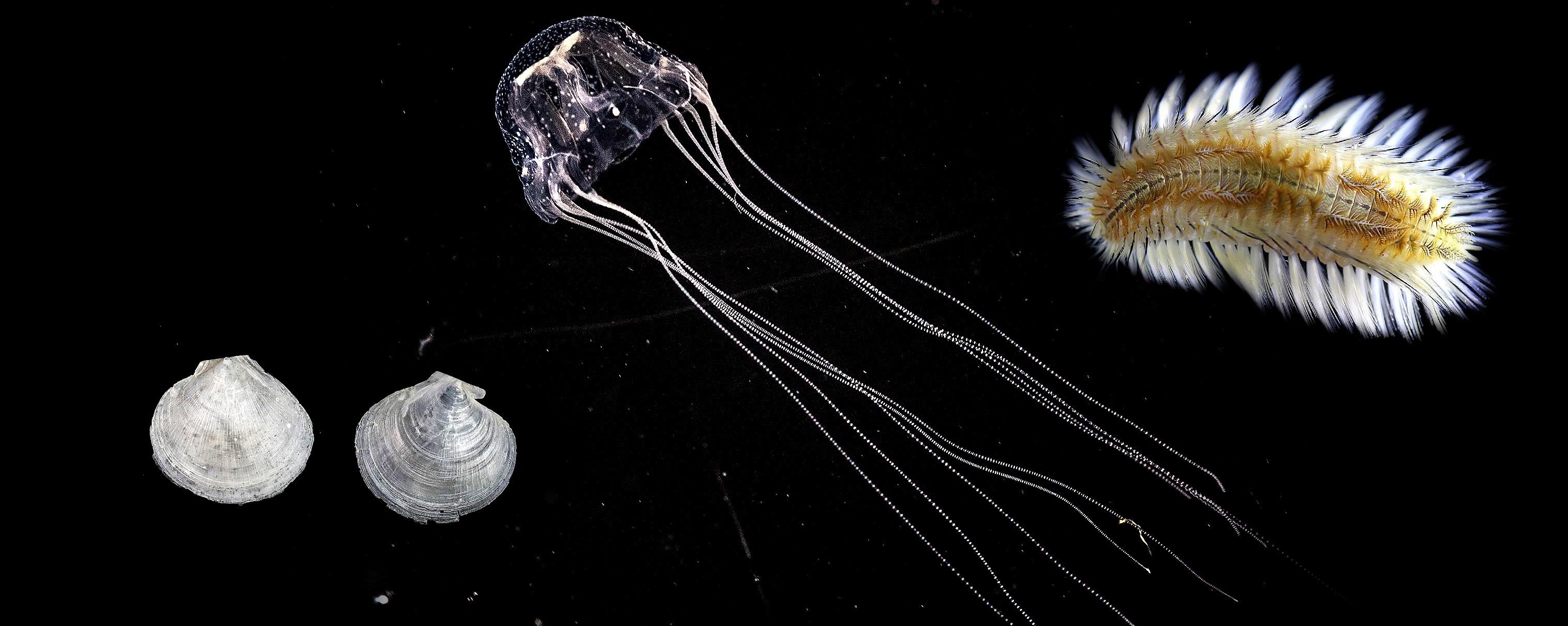 Left: A new species of mollusc discovered by Qiu Jianwen. Center: The box jellyfish species first identified in an intertidal shrimp pond at the Mai Po Nature Reserve in Hong Kong. Right: The fireworm species, typically about 10 cm long, found on shorelines in Hong Kong. (PHOTO PROVIDED TO CHINA DAILY)
Left: A new species of mollusc discovered by Qiu Jianwen. Center: The box jellyfish species first identified in an intertidal shrimp pond at the Mai Po Nature Reserve in Hong Kong. Right: The fireworm species, typically about 10 cm long, found on shorelines in Hong Kong. (PHOTO PROVIDED TO CHINA DAILY)
The Australian box jellyfish is one of the most venomous creatures on Earth. One sting from it can lead to paralysis, cardiac arrest and even death, all within minutes.
Four months ago, a university team in Hong Kong identified a new species of box jellyfish — a relative of the infamous Australian breed — in an intertidal shrimp pond at the Mai Po Nature Reserve. It was the first discovery of a new box jellyfish species in Chinese waters.
It was November when I dived, and the water was clear. I dived down to 15 meters and saw this forest of sea anemones the size of a soccer field, with clownfish darting among them.
Qiu Jianwen, Hong Kong Baptist University biology professor who has discovered more than 30 new marine life species
Named Tripedalia maipoensis, this jellyfish is colorless and transparent. Its body has a bell-like structure with four sides, with six eyes on each one. It is up to 10 centimeters long and has 12 tentacles. The discovery adds a fourth species to the Tripedaliidae family.
Qiu Jianwen, the Hong Kong Baptist University biology professor who led the research team, said, "This is a contribution to the biodiversity of this family."
The professor, who has focused on aquatic ecology studies for nearly half a century, has been exploring new marine species for about 20 years, discovering more than 30 such breeds during that time.
Early in 2020, staff members at the Mai Po Nature Reserve noticed an unusual presence of jellyfish in the shrimp pond. Despite consulting local and international academic institutes, officials from the reserve were unable to identify the species.
The first batch of jellyfish was placed in alcohol for preservation and further study. However, after changing hands twice before reaching Qiu's research team in the middle of 2020, the specimens had become severely deformed by alcohol, Qiu said.
This deformation significantly hampered the team members' ability to observe and analyze the specimens clearly, forcing them to wait until the breeding season the following year to collect a fresh batch.
In 2021, with the new collection, the team conducted a series of DNA analyses, genus identifications and comparisons with other species, finally managing to officially identify the new species after three years.
"The fact that it was a new species was really encouraging for me," said Qiu, who emphasized that the discovery of such a rare breed in Mai Po, a well-studied reserve, underscores the rich biodiversity of Hong Kong's waters.
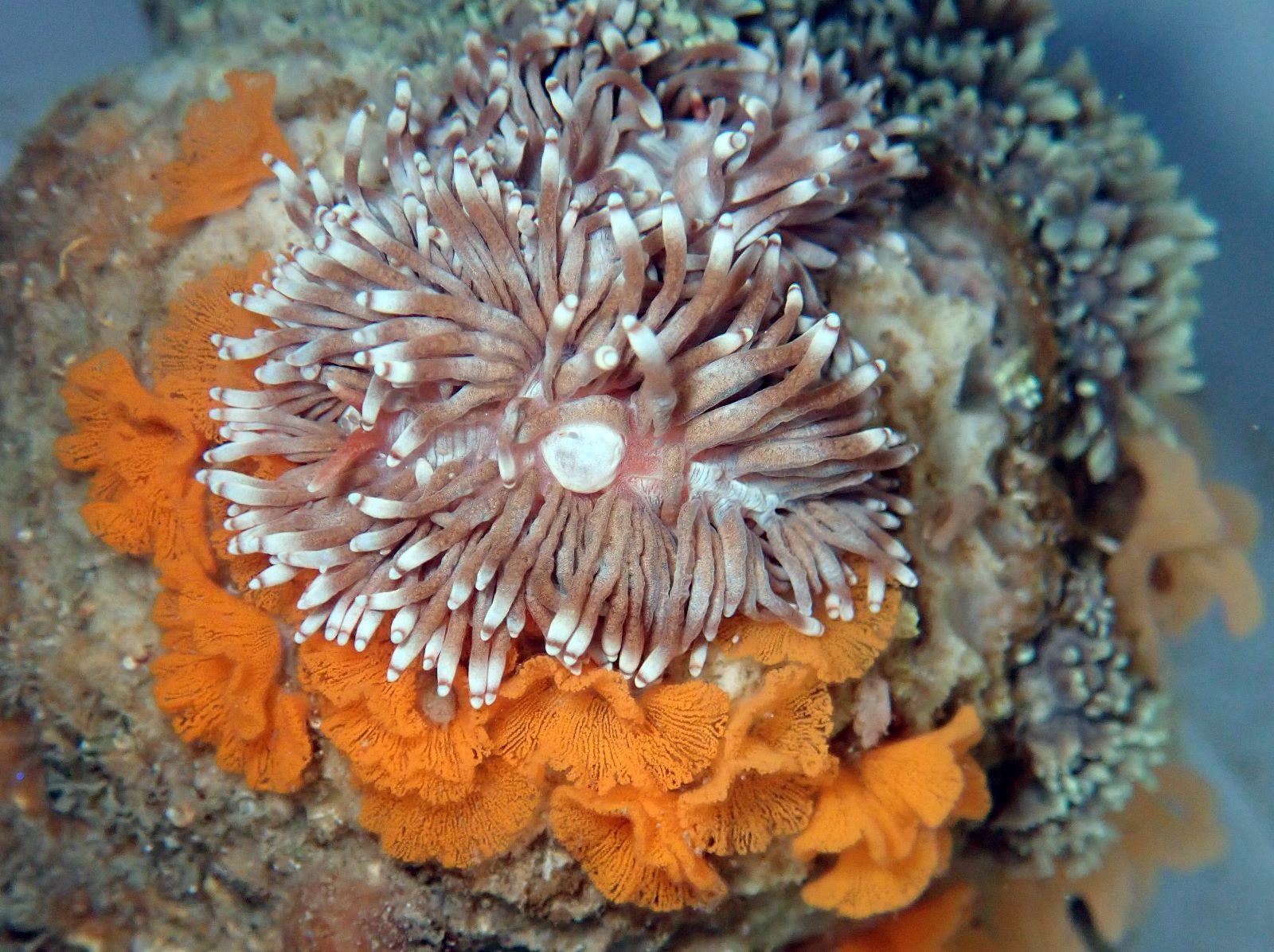 News species of coral discovered by the research team led by Qiu Jianwen, biology professor at Hong Kong Baptist University. (PHOTO PROVIDED TO CHINA DAILY)
News species of coral discovered by the research team led by Qiu Jianwen, biology professor at Hong Kong Baptist University. (PHOTO PROVIDED TO CHINA DAILY)
The Hong Kong Register of Marine Species shows that despite its relatively small marine area of 1,651 square kilometers — just 0.03 percent of China's total — the city's marine ecosystems support 26 percent of all marine species recorded in the country. The register is part of the World Register of Marine Species.
Such biodiversity is due to seasonal reversing winds, complex geology, variations in oceanic currents, a long-submerged coastline, diverse ecological habitats, and proximity to the Pearl River.
This is not the first time Qiu has helped identify species of unknown marine life observed in Hong Kong.
In summer 2018, a sudden surge in fireworms — creatures with toxin-laden bristles — was reported on local shorelines. Large groups of tiny flatworms, typically about 10 cm long, were seen swimming with the current.
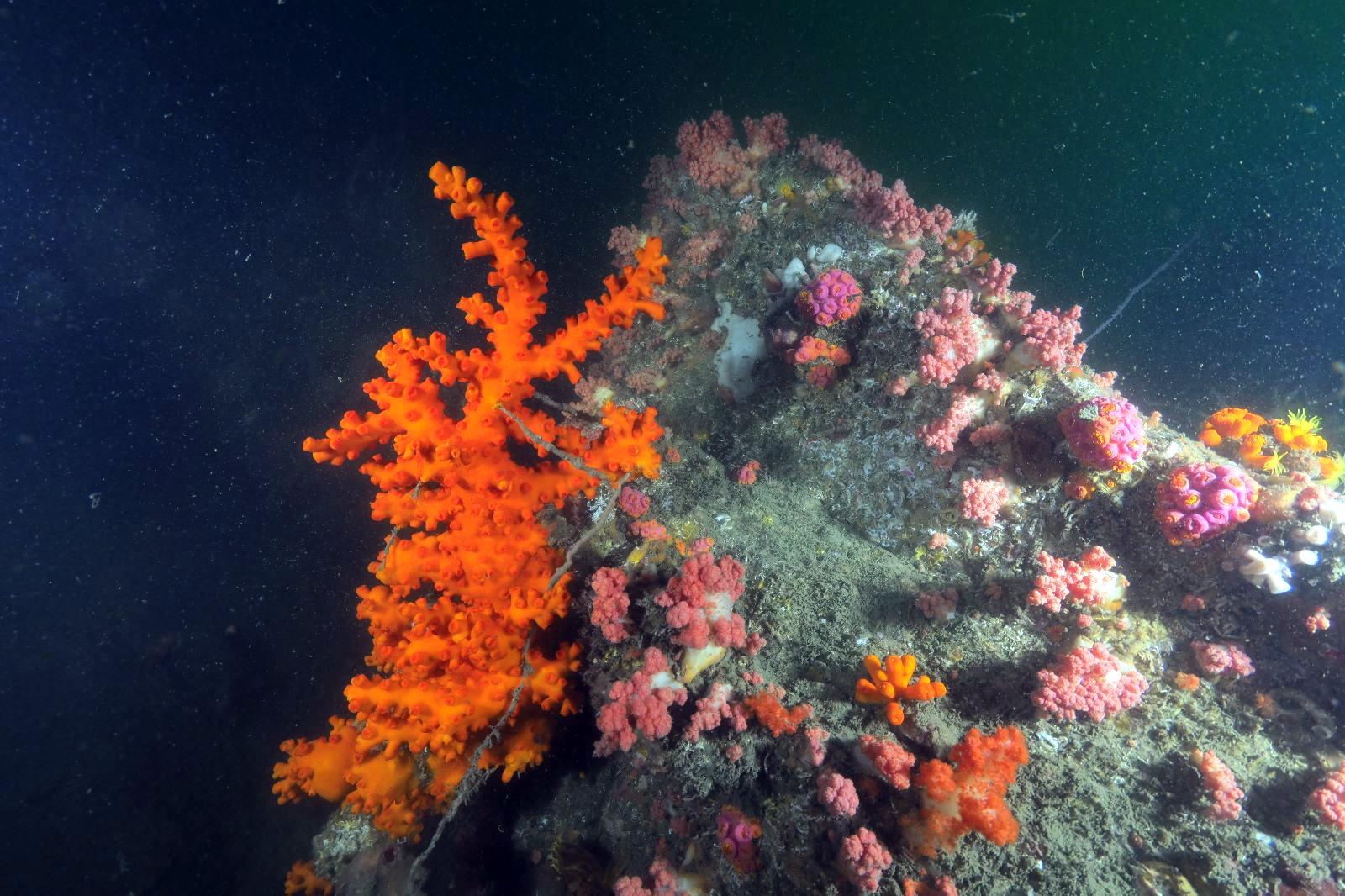 News species of coral discovered by the research team led by Qiu Jianwen, biology professor at Hong Kong Baptist University. (PHOTO PROVIDED TO CHINA DAILY)
News species of coral discovered by the research team led by Qiu Jianwen, biology professor at Hong Kong Baptist University. (PHOTO PROVIDED TO CHINA DAILY)
This unusual sight prompted Qiu to recall sightings of fireworms in 2012 and 2017. His team had gathered samples from the sandy floor of a coral community off Sharp Island, Sai Kung, but these samples had yet to be studied.
Qiu next led a 10-member team to collect specimens from beaches in Tsuen Wan and the subtidal waters of Tolo Harbour, where large swarms of fireworms were seen, before starting to study the creatures.
The studies showed the fireworms belonged to two species. One of which was previously unknown was named by Qiu as Chloeia bimaculata.
A second species, also found during the surge, was successfully identified by the team as Chloeia parva, which had spread widely in the South China Sea.
Although the reason for the surge remained unknown, Qiu speculated that it may have been related to climate change.
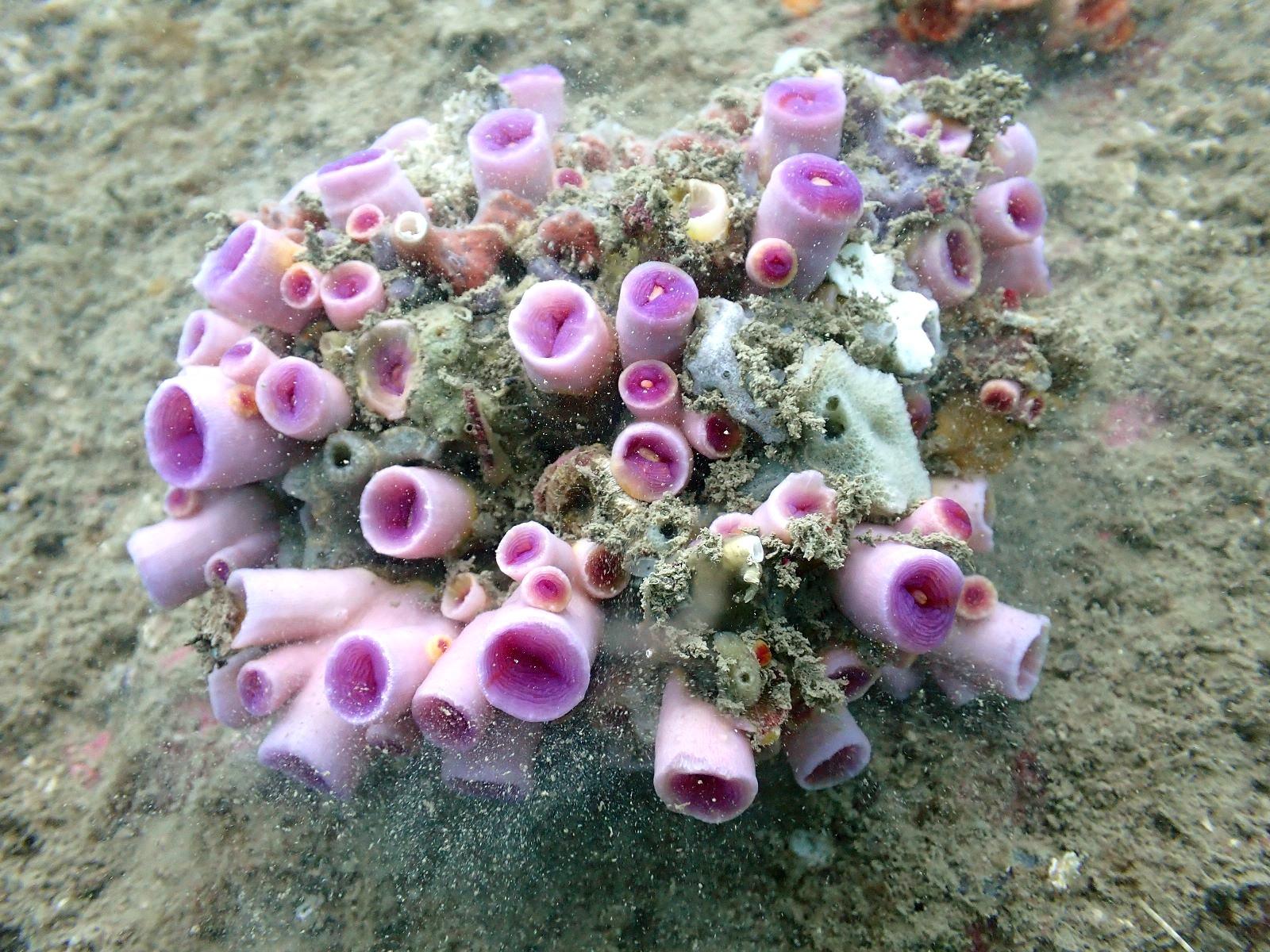 News species of coral discovered by the research team led by Qiu Jianwen, biology professor at Hong Kong Baptist University. (PHOTO PROVIDED TO CHINA DAILY)
News species of coral discovered by the research team led by Qiu Jianwen, biology professor at Hong Kong Baptist University. (PHOTO PROVIDED TO CHINA DAILY)
Filling in the gaps
The discovery and description of a new species are good news for Qiu's primary aquatic ecology research.
"To be honest, the discovery of these new species wasn't intentional. On the contrary, they revealed themselves while I was attempting to fill in the gaps in my understanding of the ecosystem in my studies," he said.
Qiu, born in Shaoguan, an inland city in Guangdong province, seldom had the opportunity to encounter the sea in childhood.
In 1998, during a visit to the Gold Coast in Australia for a conference, Qiu, who was then in his 30s, tried snorkeling for the first time.
"It was fabulous," he said.
He witnessed the enchanting spectacle of coral reefs and schools of fish, which sparked his interest in diving. After returning to Hong Kong, he pursued his newfound fascination and learned to dive.
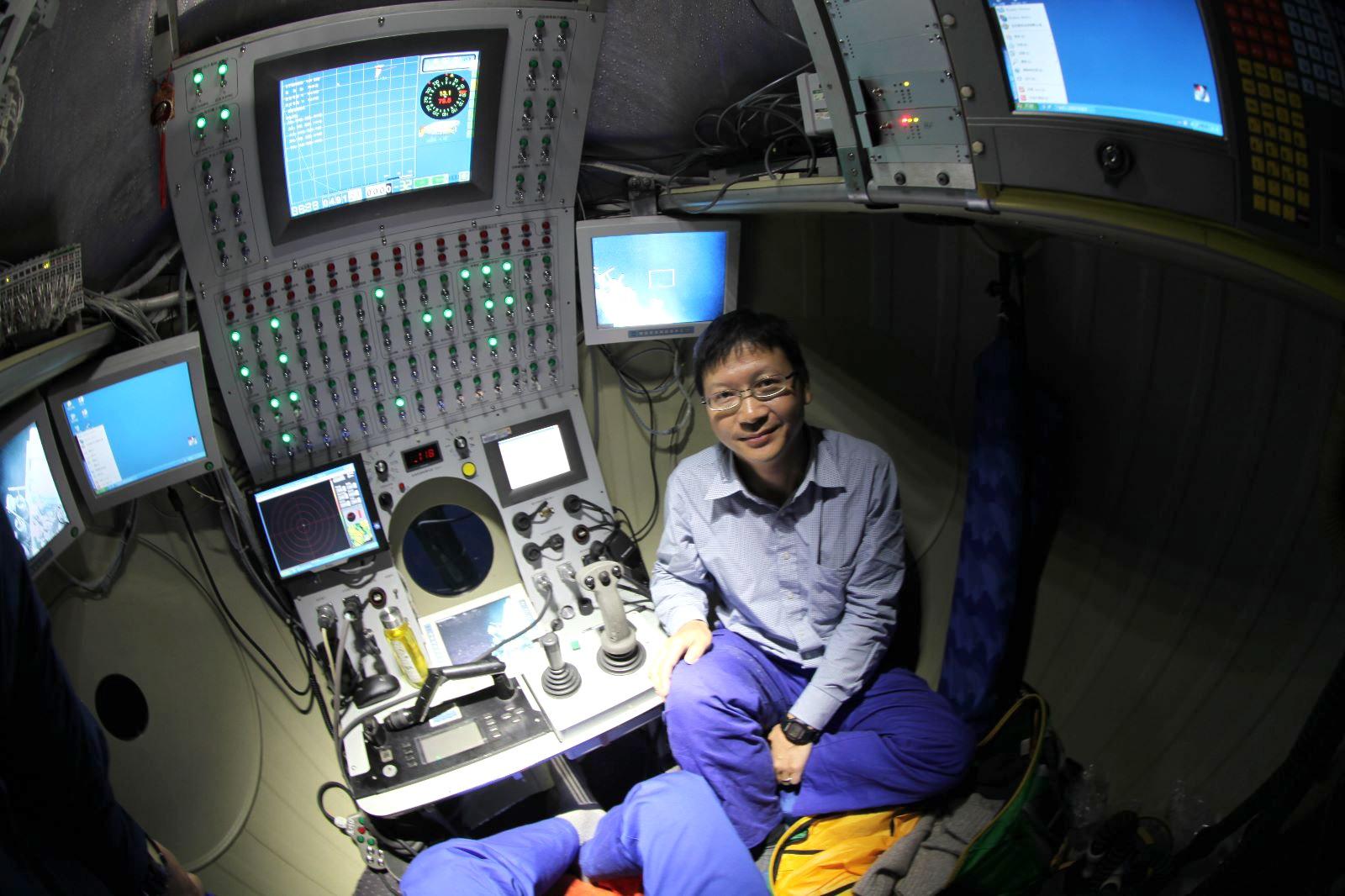 Qiu Jianwen, Hong Kong Baptist University biology professor who has discovered more than 30 new marine life species. (PHOTO PROVIDED TO CHINA DAILY)
Qiu Jianwen, Hong Kong Baptist University biology professor who has discovered more than 30 new marine life species. (PHOTO PROVIDED TO CHINA DAILY)
Qiu vividly recounts his most unforgettable diving experience, which occurred after he watched a documentary about a forest of sea anemones off Tsim Chau island.
"It was November when I dived, and the water was clear. I dived down to 15 meters and saw this forest of sea anemones the size of a soccer field, with clownfish darting among them," he said.
Diving not only deepened his understanding of humanity's relationship with the ocean, but also heightened his concern for marine life. Since becoming a diver, Qiu has taken part in annual volunteer activities to conduct a coral reef census — diving to assess the health of reefs. In 2014, he launched a series of research initiatives focused on the health of coral in Hong Kong waters.
To lay a robust foundation for this research, Qiu and his team needed to identify all the coral species involved. During this process, the team discovered four new species: Tubastraea megacorallita, Tubastraea dendroida, Tubastraea violacea and Tubastraea chloromura.
"The new species just revealed themselves as I was trying to identify the coral," Qiu said.
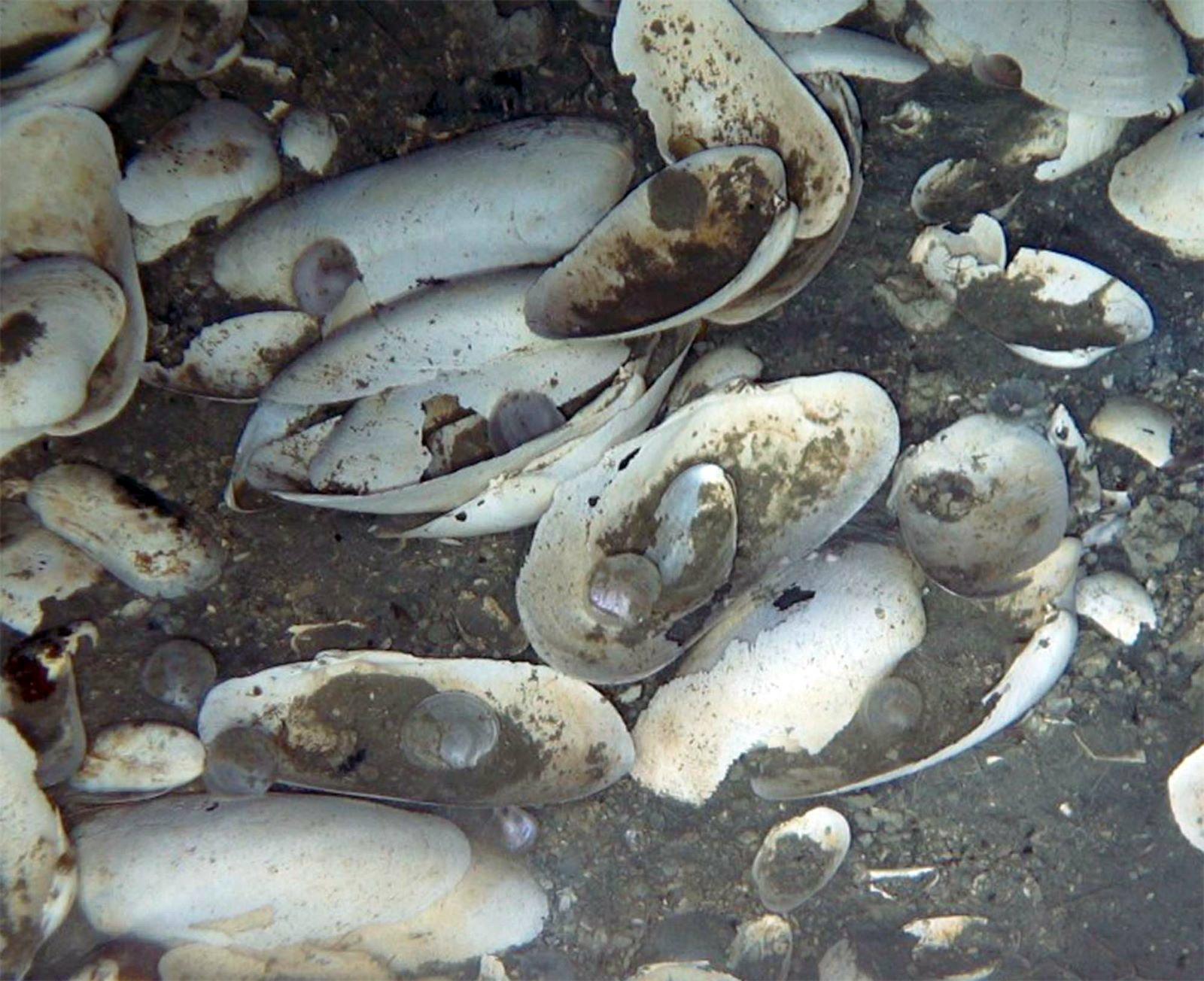 New species of mollusc and coral discovered by Qiu Jianwen. (PHOTO PROVIDED TO CHINA DAILY)
New species of mollusc and coral discovered by Qiu Jianwen. (PHOTO PROVIDED TO CHINA DAILY)
Bittersweet journey
"Only those who can endure loneliness can continue to explore this field," Qiu said.
For example, take the identification process for Chloeia bimaculata, the fireworms found in Hong Kong waters. The team first had to determine the genus of the specimen, and then compare it with other species within the same genus.
The Chloeia genus already comprised 27 species, most of them described in papers written in Latin, and dating to the 19th century. The handful of papers written in English only offered simple descriptions.
The team also borrowed holotypes, original specimens upon which the description of a new species is based, from the Natural History Museum in London. However, these specimens had largely lost their primary organs. It was only after a thorough comparison that the team concluded that the fireworm specimen belonged to a species not previously reported.
Qiu said this explains why there are no scholars in Hong Kong specializing in the classification of marine life. As a result, he has attempted to nurture local professionals to study marine biodiversity.
Storing his collection of marine life specimens has also posed a challenge. In countries such as the United States, United Kingdom and Singapore, as well as cities on the Chinese mainland, including Beijing, Shanghai and Tianjin, natural history museums serve as repositories for local specimens.
However, Hong Kong lacks a centralized system for cataloging, managing, analyzing and disseminating data about its local specimens, even though the city is home to more than 25 percent of all marine species recorded in China, a report by the University of Hong Kong shows. This deficiency makes it difficult to verify past records and monitor the status of marine resources.
"I am concerned that the specimens of the local marine creatures we've described will disappear after I retire," Qiu said.
For now, most of his specimens are housed in larger museums on the mainland.
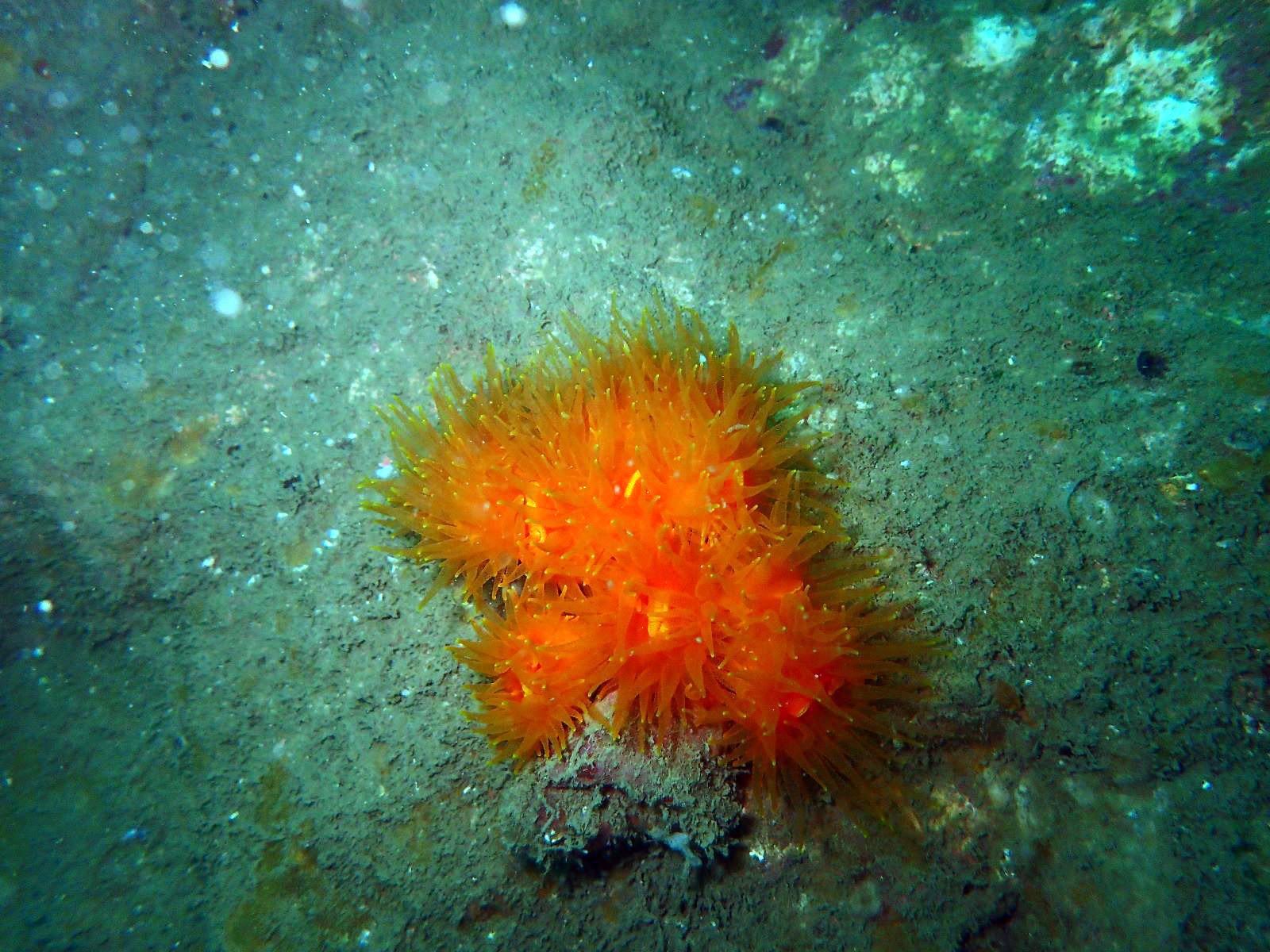 New species of mollusc and coral discovered by Qiu Jianwen. (PHOTO PROVIDED TO CHINA DAILY)
New species of mollusc and coral discovered by Qiu Jianwen. (PHOTO PROVIDED TO CHINA DAILY)
Under threat
Hong Kong is home to more than 5,400 marine species. However, a decade ago, 5,943 such species were recorded in the city.
The Hong Kong Agriculture, Fisheries and Conservation Department's Biodiversity Strategy and Action Plan (2016-2021) states that the city's biodiversity is under threat. This is due to urbanization and development, habitat degradation, overexploitation of biological resources, invasive alien species, climate change, and a lack of public awareness, the plan states.
This view is endorsed by Senegalese environmentalist Baba Dioum, who said, "In the end, we will conserve only what we love; we will love only what we understand; and we will understand only what we are taught." His words resonate deeply with Qiu's concern for the study of little-known species.
"Each species plays a unique role in its ecological niche. Their existence is a wonder. The efforts in Hong Kong to conserve biodiversity seem to be predominantly focused on more conspicuous creatures, such as the Indo-Pacific humpback dolphin and the black-faced spoonbill," Qiu said.
"However, many marine species are small and often overlooked. If these species were to become extinct, few people might notice or care. But for me, each one has its rightful place."
During his research, Qiu has discovered several new species that are still awaiting description. Despite the considerable amount of time required for this work, he is determined to dedicate as much time as he can to these species before he retires.
He reiterated the importance of the ocean by stating, "When more people show concern for the ocean, we are, in fact, acting for our own benefit."



